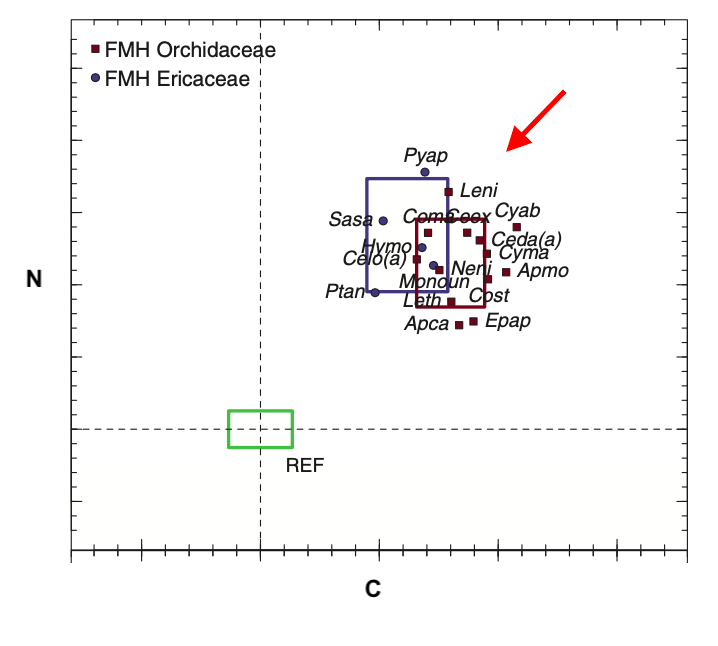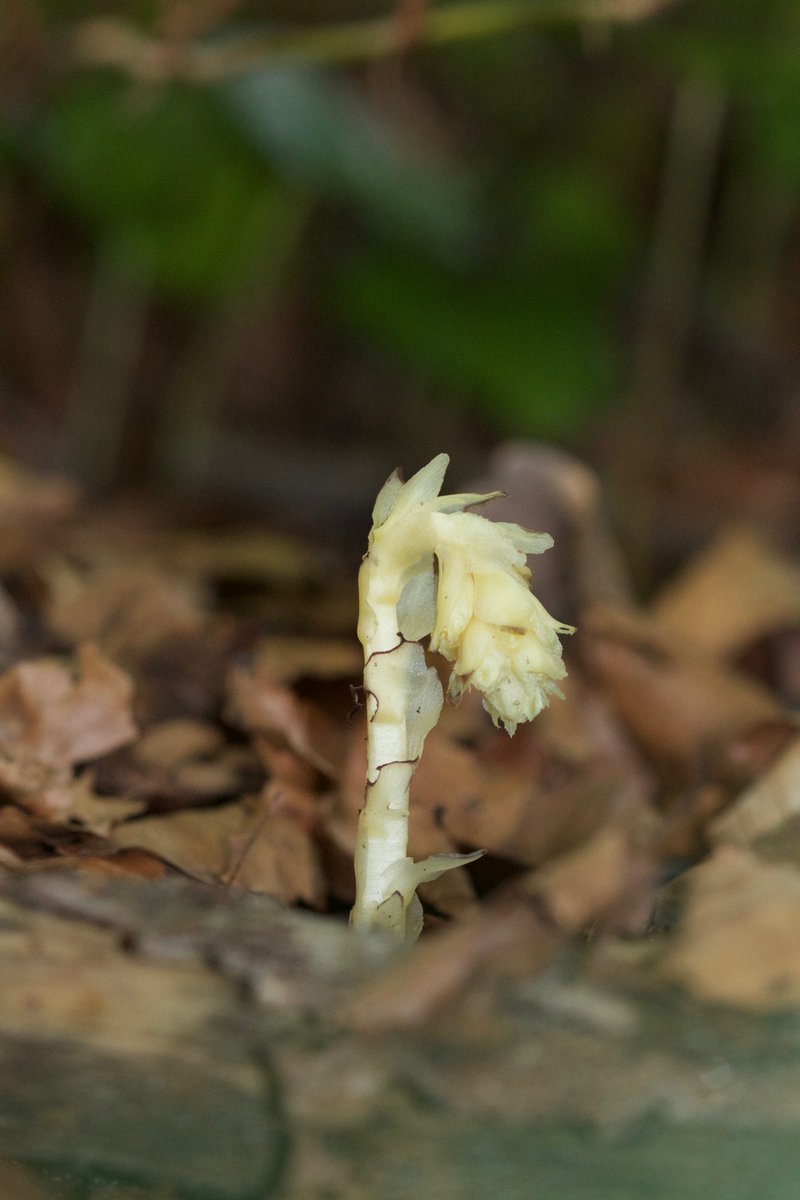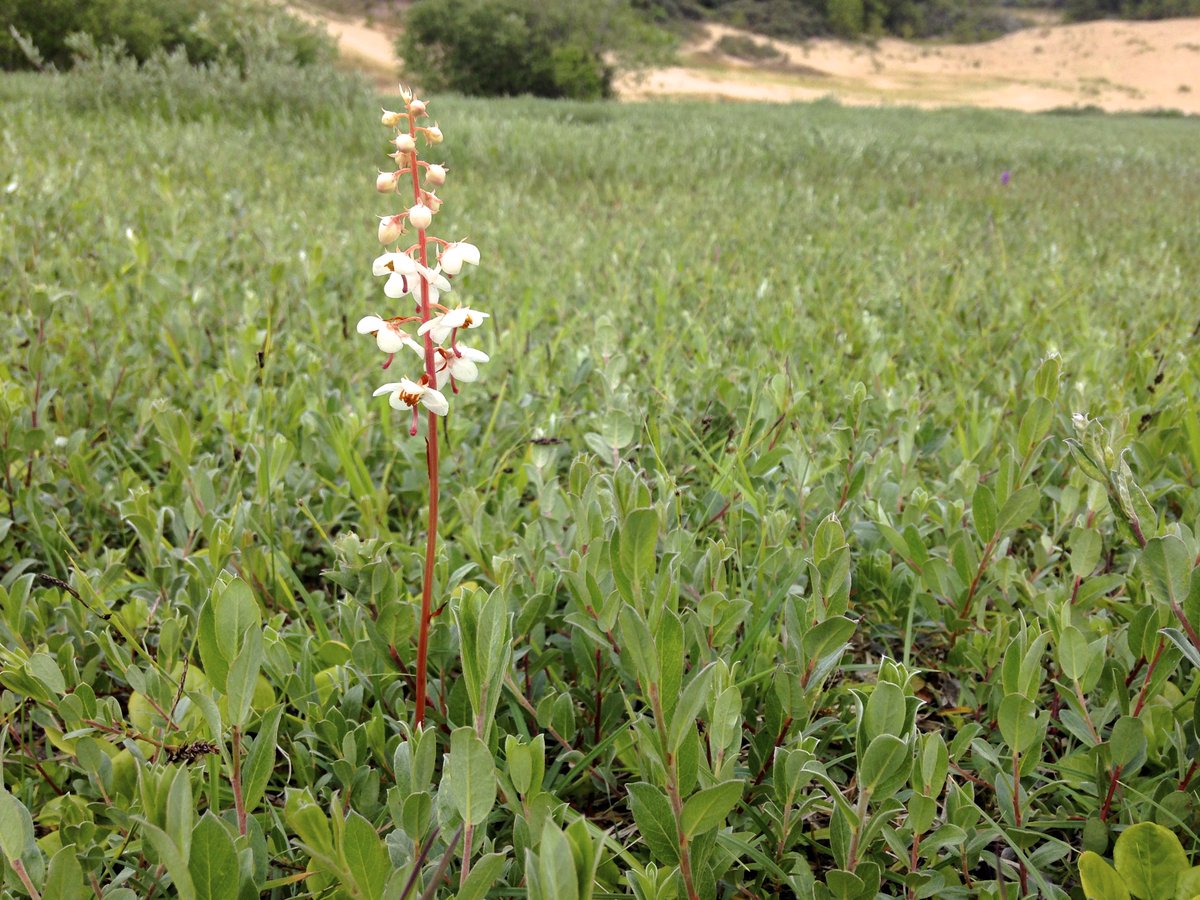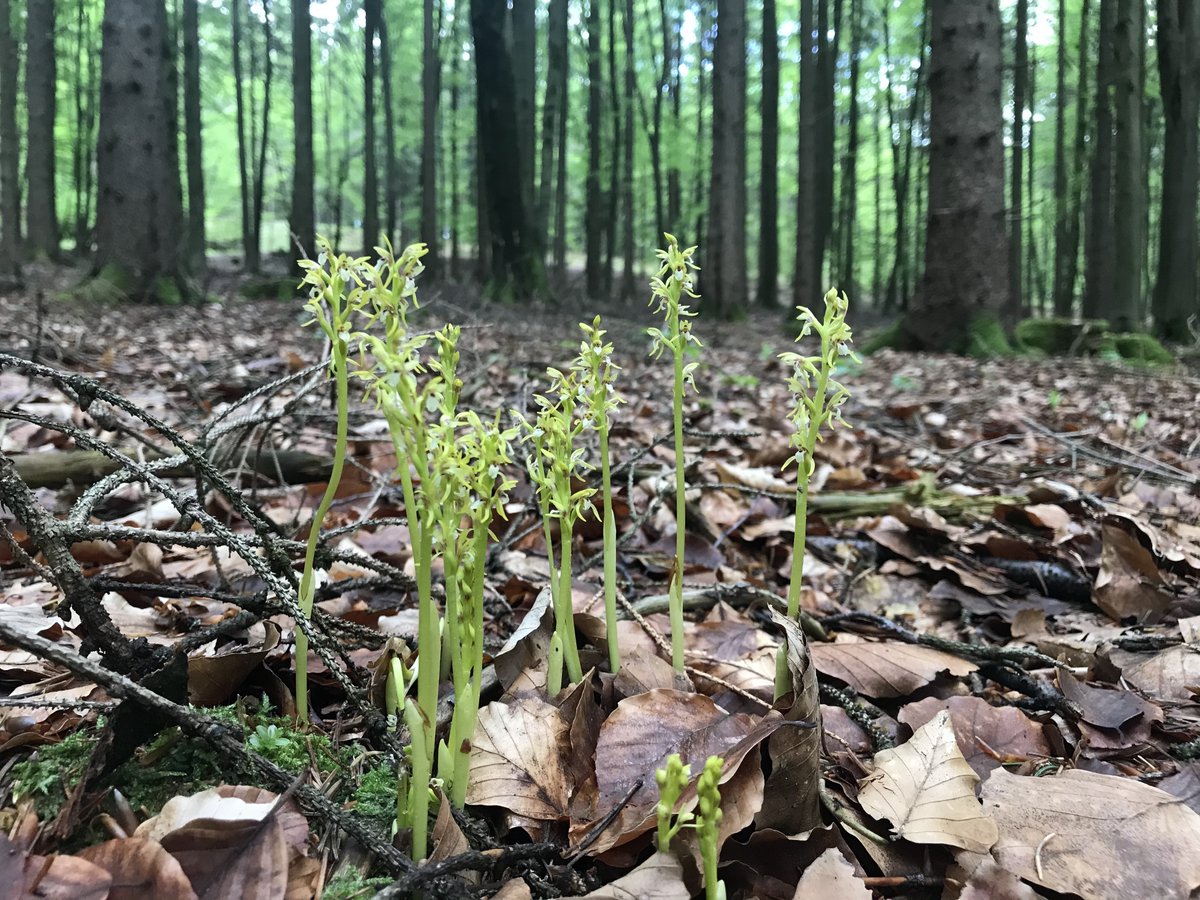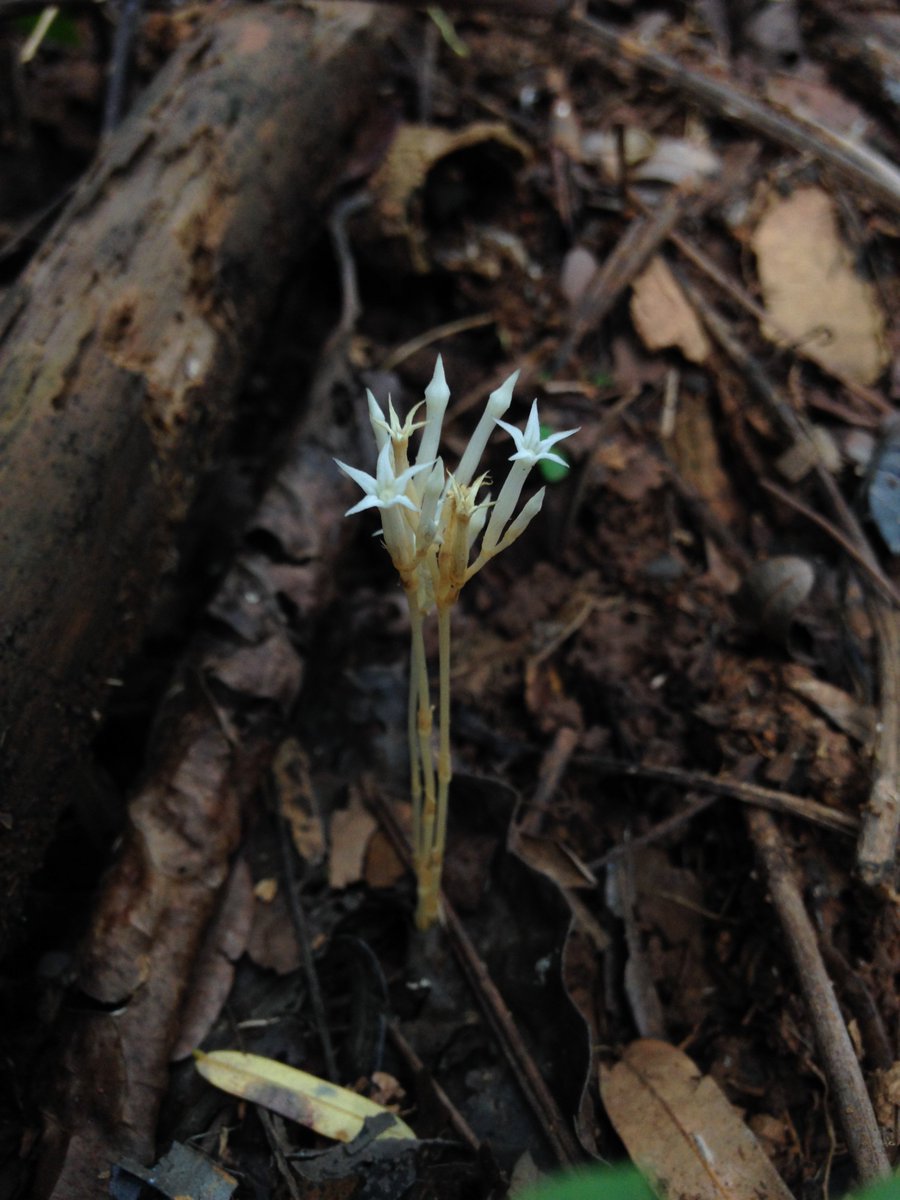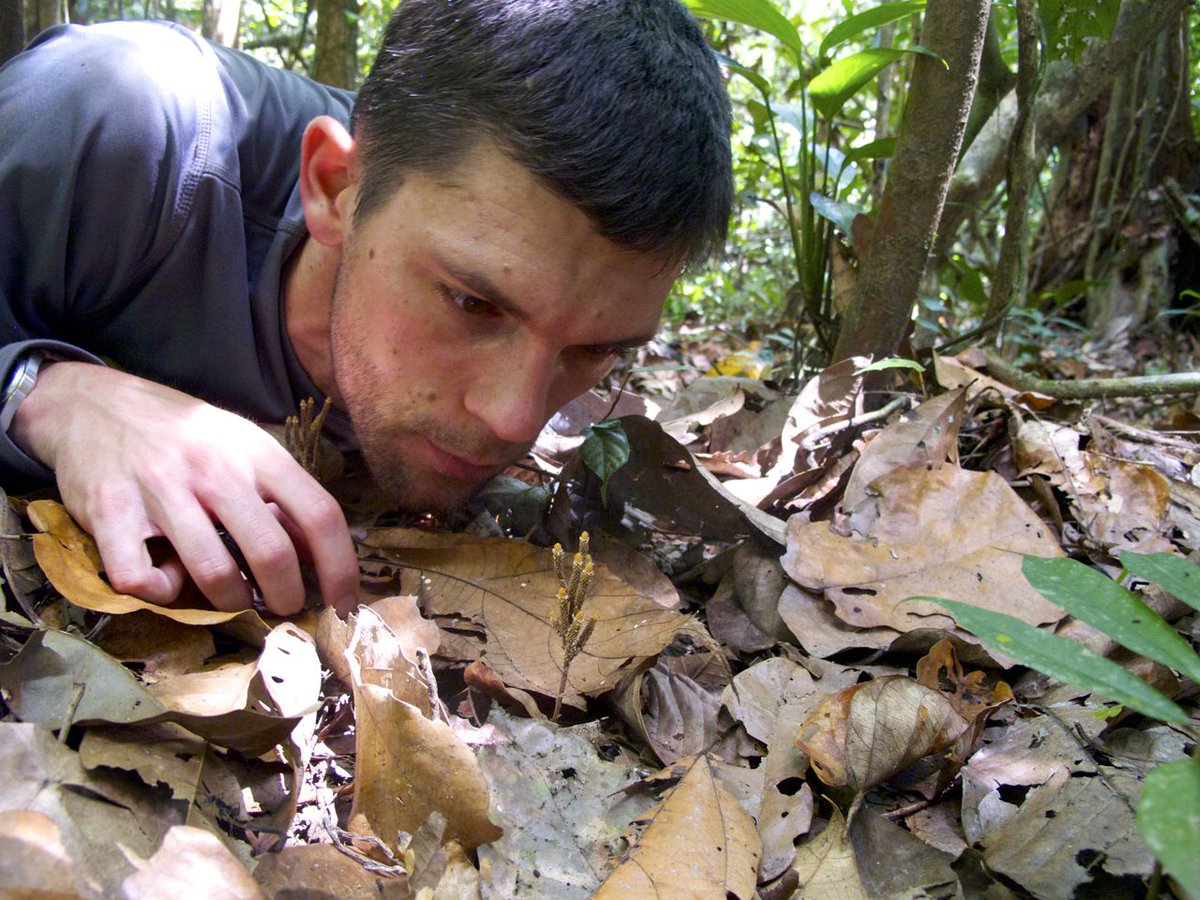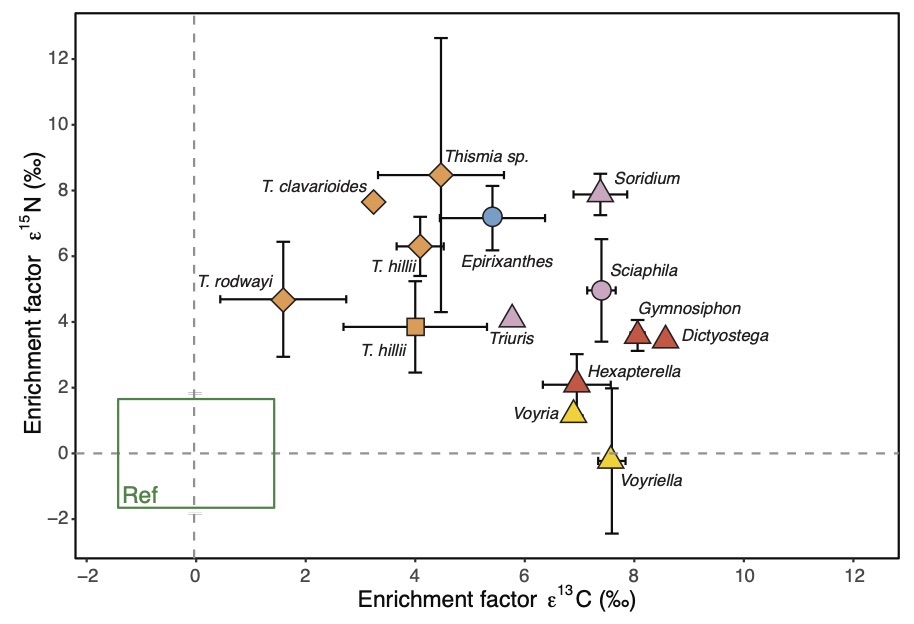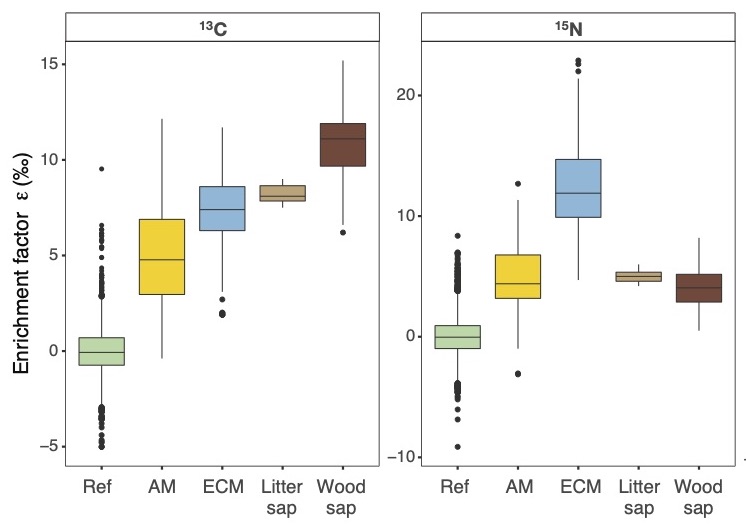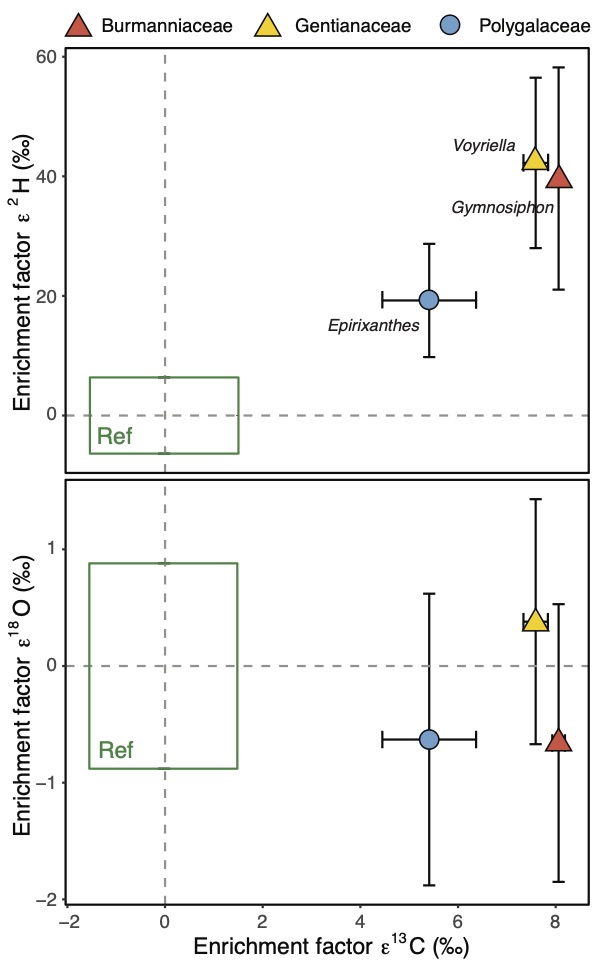Proud of our recently published paper in @JEcology on stable isotope composition of mycoheterotrophic plants living on arbuscular mycorrhizal fungi. On what??? Here& #39;s a thread  https://abs.twimg.com/emoji/v2/... draggable="false" alt="👇" title="Down pointing backhand index" aria-label="Emoji: Down pointing backhand index"> @Naturalis_Sci @IBED_UvA @bay_ceer #mycoheterotrophy
https://abs.twimg.com/emoji/v2/... draggable="false" alt="👇" title="Down pointing backhand index" aria-label="Emoji: Down pointing backhand index"> @Naturalis_Sci @IBED_UvA @bay_ceer #mycoheterotrophy
When plants fix carbon through photosynthesis they not only use carbon-12, the most common carbon isotope, but also the rare & #39;heavy& #39; carbon-13 isotope, which is naturally present in the atmosphere https://en.wikipedia.org/wiki/Carbon-13 ">https://en.wikipedia.org/wiki/Carb...
Similarly, when plants take up nitrogen from the soil, they mostly get the common nitrogen-14, but also the rare & #39;heavy& #39; nitrogen-15 isotope #Nitrogen-15">https://en.wikipedia.org/wiki/Isotopes_of_nitrogen #Nitrogen-15">https://en.wikipedia.org/wiki/Isot...
We can measure the C-12/C13 and N-14/N-15 ratios of plants using isotope ratio mass spectrometers. Plants that grow at the same location and tap into similar nitrogen sources have more or less the same ratios
Interestingly, non-green orchids and Ericaceae that obtain carbon from surrounding plants through shared ectomycorrhizal fungi are enriched in these heavy carbon and nitrogen isotopes (red arrow), compared to green plants growing at the same site (=REF in figure)
Their stable isotope signatures actually reflect those of the fungi they are using to grow (& #39;you are what you eat& #39;). Neottia nidus-avis (Orchidaceae) and Monotropa hypopitys (Ericaceae) are examples of such plants
Thus, we can use these isotope ratios to investigate nutritional relationships between plants and ectomycorrhizal fungi. In fact, this has lead to the discovery of plants that are green but also enriched in heavy carbon and nitrogen, suggesting some nutrient gain from fungi.
These green plants that can gain carbon from ectomycorrhizal fungi include Pyrola minor (Ericaceae) and Corallorhiza trifida (Orchidaceae)
But we lack information on nutrient exchange between plants and the much more common arbuscular mycorrhizal fungi. Many species of non-photosynthetic plants exist that live on these fungi, but they are mostly restricted to tropical rainforests
We sampled 13 of these species from plots in South America, Southeast Asia, and Australasia and compared their stable isotope ratios to those of surrounding plants. Here I am in one of the sampled plots in Borneo
The results show that these plants are also enriched in the heavy carbon isotope, and most species also in the heavy nitrogen isotope (colours represent plant family)
So just like in ectomycorrhizal systems, we can use carbon and nitrogen stable isotope ratios to study nutrient exchange in arbuscular mycorrhizal systems.
However, compared to ectomycorrhizal non-green plants (blue), arbuscular mycorrhizal non-green plants (yellow) are less enriched in heavy carbon and nitrogen . This suggests that the nutrient exchange mechanisms are different
We also explored the use of heavy hydrogen and oxygen isotopes. These have recently been shown to indicate carbon gain from fungi in orchids of which & #39;traditional& #39; carbon and nitrogen isotopes are not informative (see: https://nph.onlinelibrary.wiley.com/doi/10.1111/nph.13865)">https://nph.onlinelibrary.wiley.com/doi/10.11...
This requires much more plant material, so we tested this for only few species. Nevertheless, we found enrichment in heavy hydrogen (above) but not in heavy oxygen (below), suggesting that enrichment in heavy hydrogen is a clue that can be used to detect carbon gain from AM fungi
With this we expanded our knowledge on how stable isotope natural abundances can be used to study plant  https://abs.twimg.com/emoji/v2/... draggable="false" alt="🌳" title="Deciduous tree" aria-label="Emoji: Deciduous tree"> - fungus
https://abs.twimg.com/emoji/v2/... draggable="false" alt="🌳" title="Deciduous tree" aria-label="Emoji: Deciduous tree"> - fungus  https://abs.twimg.com/emoji/v2/... draggable="false" alt="🍄" title="Mushroom" aria-label="Emoji: Mushroom"> mycorrhizal interactions.
https://abs.twimg.com/emoji/v2/... draggable="false" alt="🍄" title="Mushroom" aria-label="Emoji: Mushroom"> mycorrhizal interactions.
The full paper can be found here: https://besjournals.onlinelibrary.wiley.com/doi/full/10.1111/1365-2745.13381
EM">https://besjournals.onlinelibrary.wiley.com/doi/full/... figures are from Hynson et al. ( https://academic.oup.com/aob/article/118/3/467/1740747)">https://academic.oup.com/aob/artic...
The full paper can be found here: https://besjournals.onlinelibrary.wiley.com/doi/full/10.1111/1365-2745.13381
EM">https://besjournals.onlinelibrary.wiley.com/doi/full/... figures are from Hynson et al. ( https://academic.oup.com/aob/article/118/3/467/1740747)">https://academic.oup.com/aob/artic...

 Read on Twitter
Read on Twitter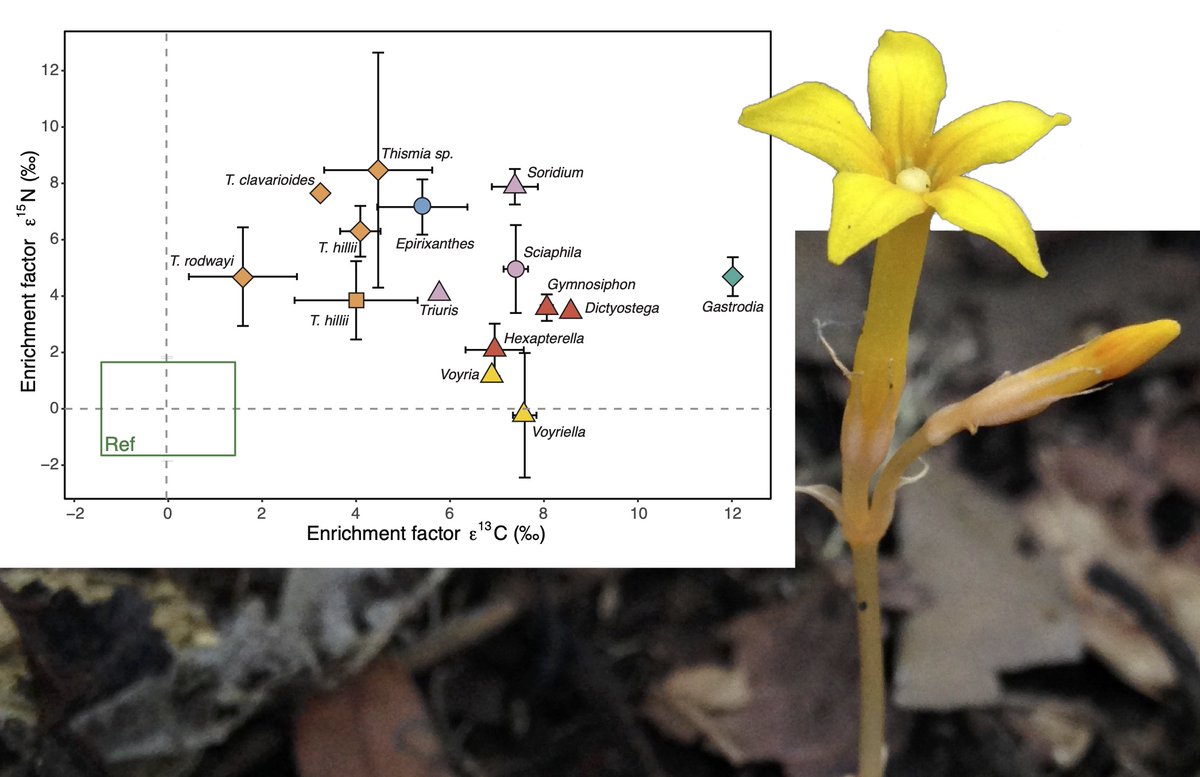 @Naturalis_Sci @IBED_UvA @bay_ceer #mycoheterotrophy" title="Proud of our recently published paper in @JEcology on stable isotope composition of mycoheterotrophic plants living on arbuscular mycorrhizal fungi. On what??? Here& #39;s a thread https://abs.twimg.com/emoji/v2/... draggable="false" alt="👇" title="Down pointing backhand index" aria-label="Emoji: Down pointing backhand index"> @Naturalis_Sci @IBED_UvA @bay_ceer #mycoheterotrophy" class="img-responsive" style="max-width:100%;"/>
@Naturalis_Sci @IBED_UvA @bay_ceer #mycoheterotrophy" title="Proud of our recently published paper in @JEcology on stable isotope composition of mycoheterotrophic plants living on arbuscular mycorrhizal fungi. On what??? Here& #39;s a thread https://abs.twimg.com/emoji/v2/... draggable="false" alt="👇" title="Down pointing backhand index" aria-label="Emoji: Down pointing backhand index"> @Naturalis_Sci @IBED_UvA @bay_ceer #mycoheterotrophy" class="img-responsive" style="max-width:100%;"/>
